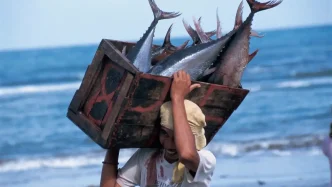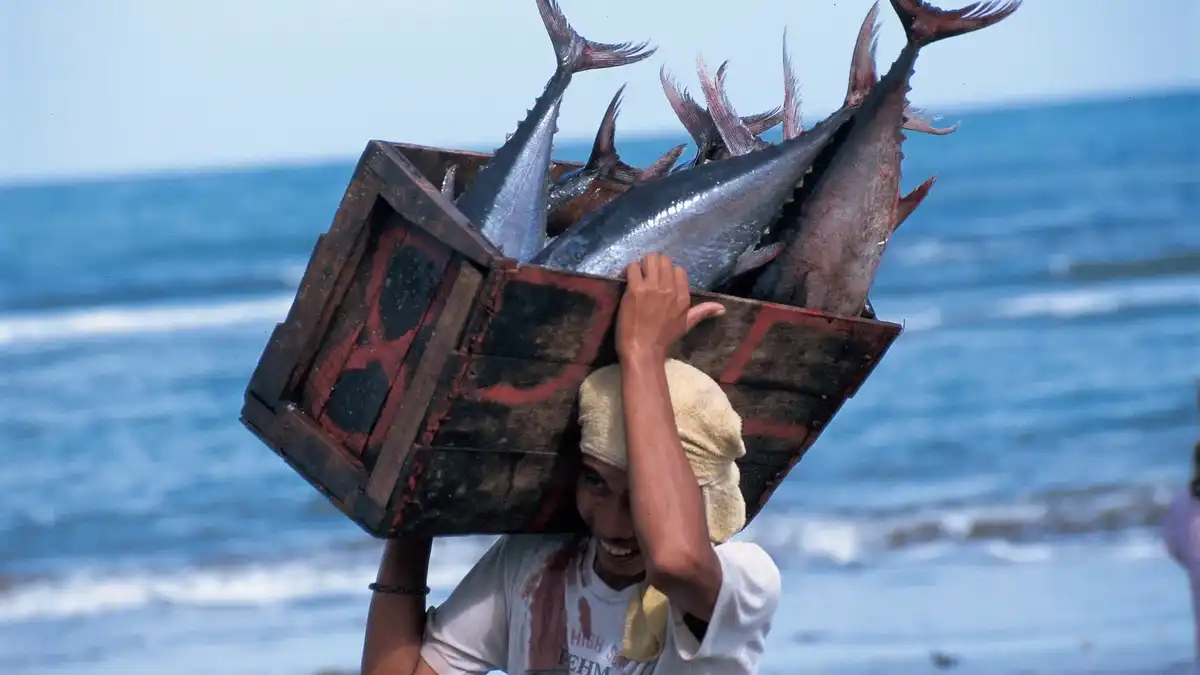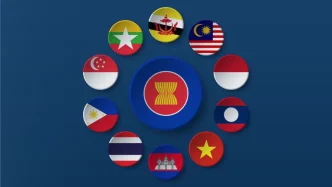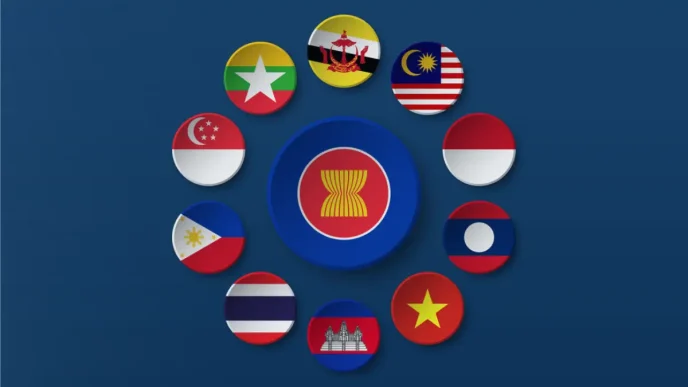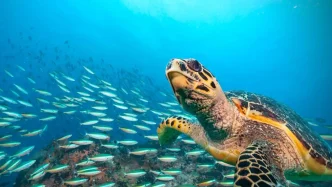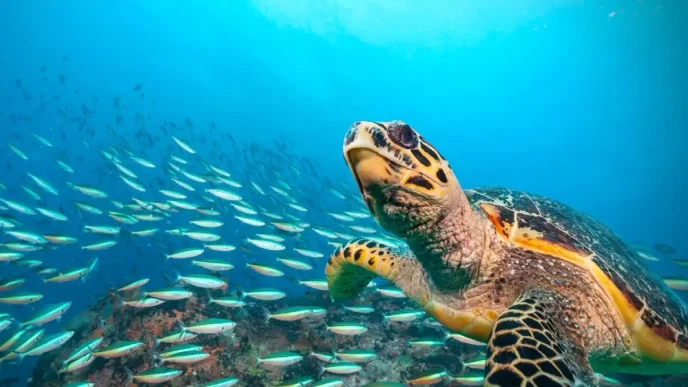The Philippines’ fisheries sector is grappling with a severe crisis, as illegal commercial fishing and chronic overfishing have driven key fish stocks to historic lows, raising urgent concerns about food security and the livelihoods of millions. According to a recent report by international ocean advocacy group Oceana, municipal fisheries production—once a cornerstone of the country’s coastal food supply—has plummeted to its lowest level in over two decades, exacerbating hunger and poverty in fishing communities.
A Steep Decline in Fish Stocks
Staple species such as tamban (Bali sardinella), galunggong (round scad), tulingan (frigate tuna), and tambakol or bariles (yellowfin tuna) have all seen dramatic declines in recent years. Data from the Philippine Statistics Authority (PSA), cited by Oceana, reveals that municipal fisheries production dropped to 802,770 metric tons in 2024, an 8.8 percent decrease from 879,960 metric tons the previous year. This marks the lowest output since 2002 and represents a loss of over 77 million kilograms of fish in just one year—enough to provide more than a dozen fish meals to every Filipino family.
The impact on individual fishers is stark. The average daily catch per municipal fisher has fallen from five kilograms in 2010 to just four kilograms in 2023, leaving many families struggling to make ends meet. Overall fisheries production also declined by 5 percent in 2024, continuing a long-term downward trend that Oceana describes as a critical warning for national food security.
“This production crisis spells trouble for national food security, as a growing population compounds the strain on already dwindling wild fish stocks. It is a red flag for every Filipino” said Atty. Rose-Liza Eisma-Osorio, Acting Vice President of Oceana, in a statement released alongside the report.
Illegal Fishing: A Key Culprit
At the heart of the crisis lies the rampant issue of illegal, unreported, and unregulated (IUU) fishing, particularly the intrusion of large commercial fishing vessels into municipal waters. These waters, extending 15 kilometers from the shoreline, are legally reserved for small-scale and subsistence fishers under Philippine law. However, Oceana’s July 2025 newsletter highlights a worsening surge in such encroachments, with satellite-enabled monitoring through Karagatan Patrol—a system managed by Oceana and local governments—detecting a 9 percent increase in suspected commercial fishing intrusions from 26,295 incidents in 2022 to 28,822 in 2023.
The trend has only accelerated, with detections rising to 31,843 in 2024—a 10.5 percent jump from the previous year. Early data from 2025 shows the problem persisting, with weekly detection spikes of nearly 19 percent in March alone. Among the hardest-hit areas are Zamboanga City, Cuyo in Palawan, San Pascual in Masbate, Tongkil in Sulu, Languyan in Tawi-Tawi, Pagbilao in Quezon, and Carles in Iloilo. Oceana notes that these locations have consistently suffered from illegal commercial fishing activities, which deplete fish stocks and intensify competition for already struggling municipal fishers.
“Our fishing communities, already among the country’s poorest, now face emptier seas and shrinking livelihoods due to rampant illegal commercial fishing. Unless we act decisively to safeguard municipal waters and uphold the law, our dream of food-fish sufficiency will remain out of reach” Eisma-Osorio emphasized.
Systemic Challenges and Enforcement Gaps
Efforts to combat illegal fishing have encountered significant hurdles. The Bureau of Fisheries and Aquatic Resources (BFAR) introduced Fisheries Administrative Order (FAO) 266, mandating the use of vessel monitoring technology on commercial fishing vessels to enhance accountability and curb IUU fishing. However, nationwide implementation has been hampered by legal disputes and compliance issues, slowing progress on this critical reform.
Local enforcement agencies also face substantial challenges. Many lack the resources and capacity to effectively deter illegal fishing, leaving municipal waters vulnerable to exploitation. Oceana argues that systemic reforms are urgently needed, including greater transparency in the fishing industry, improved local governance for marine resource management, and stronger protection of municipal waters.
“These reforms should include improving transparency in the fishing industry, enhancing local governance to ensure better management of marine resources, and fully protecting municipal waters” Eisma-Osorio stated. “Such changes are essential for the preservation and sustainability of marine ecosystems, ultimately safeguarding these vital resources for future generations.”
Broader Implications for Food Security and Poverty
The collapse of the Philippines’ fisheries sector carries far-reaching consequences beyond the immediate loss of fish stocks. Coastal communities, which rely on municipal fishing as a primary source of food and income, are particularly vulnerable. Experts and advocates warn that the ongoing decline could deepen hunger, poverty, and inequality across the country, especially as a growing population places additional pressure on diminishing resources.
Oceana and local stakeholders are calling for a multi-pronged approach to address the crisis. This includes the full implementation of vessel monitoring measures, stricter enforcement of existing laws, and the protection of marine habitats within municipal waters. BFAR has set an ambitious target of achieving 100 percent food-fish sufficiency by 2028, but experts caution that this goal will remain elusive without decisive action against IUU fishing.
The economic ramifications are equally concerning. Fisheries are a vital component of the Philippines’ economy, supporting millions of livelihoods and contributing to national food supply chains. The decline in catches not only threatens the income of fishers but also drives up fish prices, making this staple food less accessible to low-income households. With fish forming a significant part of the Filipino diet, the crisis risks undermining nutritional security at a national level.
Environmental and Social Dimensions
Beyond economics, the environmental toll of overfishing and IUU fishing is profound. Oceana warns that these practices are key drivers of ecosystem collapse and stock depletion, disrupting marine biodiversity and the delicate balance of coastal ecosystems. Municipal fishers, who often use sustainable, small-scale methods, bear the brunt of these environmental impacts as their catches dwindle in the face of industrial-scale exploitation.
The social consequences are equally dire. Fishing communities in the Philippines are among the most marginalized and economically disadvantaged groups in the country. The loss of their primary livelihood exacerbates existing inequalities, pushing families deeper into poverty and limiting their access to education, healthcare, and other essential services. In regions like Zamboanga and Tawi-Tawi, where fishing is a way of life, the crisis threatens not just economic stability but also cultural heritage and community cohesion.
A Call for Science-Based Reforms
In response to the escalating challenge, Oceana has urged immediate, science-based reforms to fisheries policy and enforcement. The group emphasizes the need to protect the nation’s remaining fish stocks through evidence-driven strategies, such as establishing marine protected areas, enforcing sustainable fishing quotas, and cracking down on IUU activities. These measures, advocates argue, are critical to securing the welfare of millions of Filipinos who depend on the sea for survival.
The message from Karagatan Patrol and fisheries stakeholders is unequivocal: safeguarding municipal waters is not just an environmental imperative but a matter of survival and prosperity for countless families. As the Philippines confronts this deepening crisis, the path forward will require coordinated action from government agencies, local communities, and international partners to rebuild a sustainable fisheries sector.
As reforms and enforcement efforts unfold, the long-term impact on food security and coastal livelihoods remains uncertain. For now, the nation’s fishers—and the millions who rely on their catches—wait for decisive action to turn the tide.

